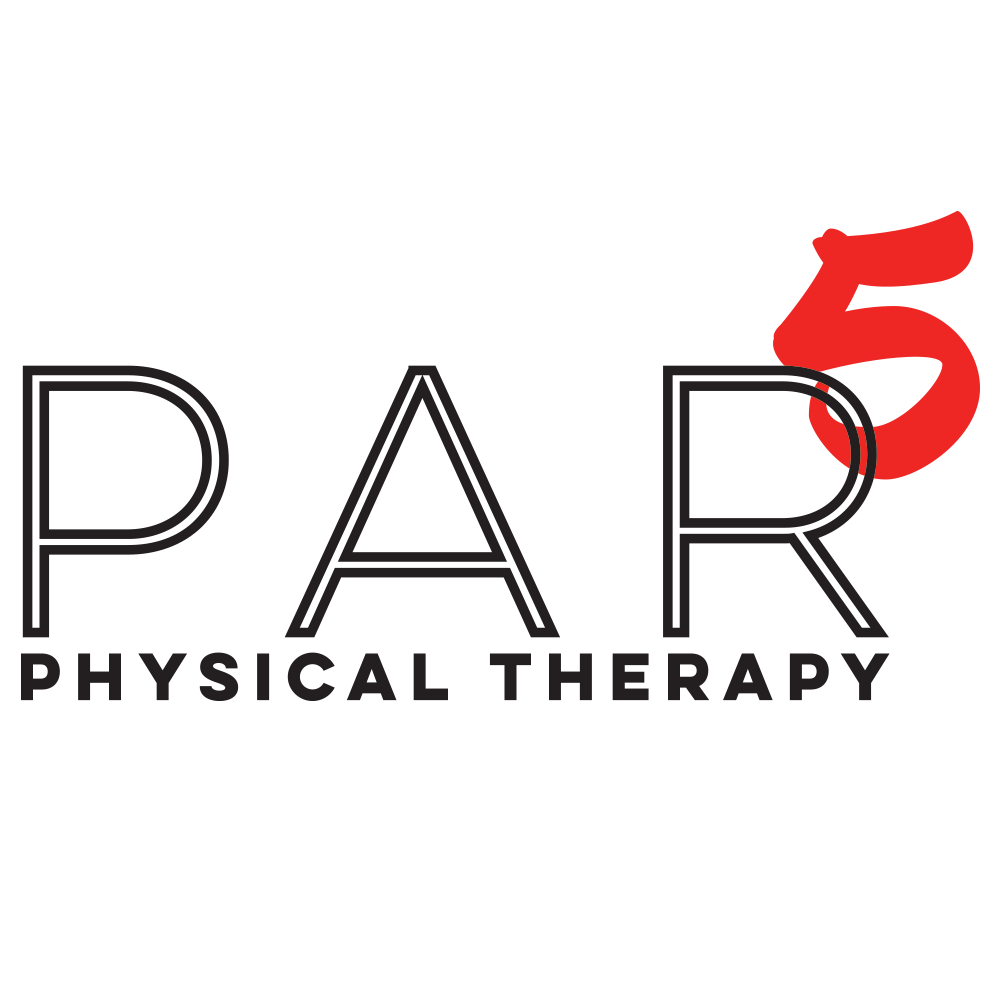
The body functions on a alternating pattern of STABILITY and MOBILITY.
If that pattern is disrupted, injury or pain is the result.
A Golf Performance Assessment tests your body’s stability and mobility pattern, thus giving you insight on the causes of your swing faults.

The Golf Performance Assessment
Most common swing faults and loss of swing efficiency are directly connected to how the body is functioning.
Developed by the Titleist Performance Institute in 2003, using data from thousands of professional and amateur golfers, the Golf Performance Assessment is a multipoint tool that assesses joint mobility, flexibility, stability, strength, balance, and coordination. We also review general physical fitness, current health issues, and medical history.
The Golf Performance Assessment tests:
Address posture
Pelvic control
Torso control
Squat mobility and stability
Hip mobility and flexibility
Back flexibility
Torso rotation mobility
Single leg balance
Shoulder flexibility
Glute strength
Neck flexibility
Wrist mobility
Power and strength
Swing speed
We can directly correlate the results of the Movement Screen with possible biomechanical faults in your golf swing. We will then perform a 2D video analysis of your swing to confirm or refute the findings of the screen.
Once the Movement Screen is completed, a “Golf Fitness Handicap” is assigned. Similar to a USGA Handicap, this will serve as your baseline measurement allowing us to formulate a fitness and performance plan to improve your ability to produce an efficient and consistent golf swing.
Once we address your body’s deficits, we will see an improvement in your golf swing. Because no matter how good your golf instruction is or how expensive your equipment is, your body can only do what it is capable of doing. If you improve your body’s ability to move, you will improve your golf swing.

